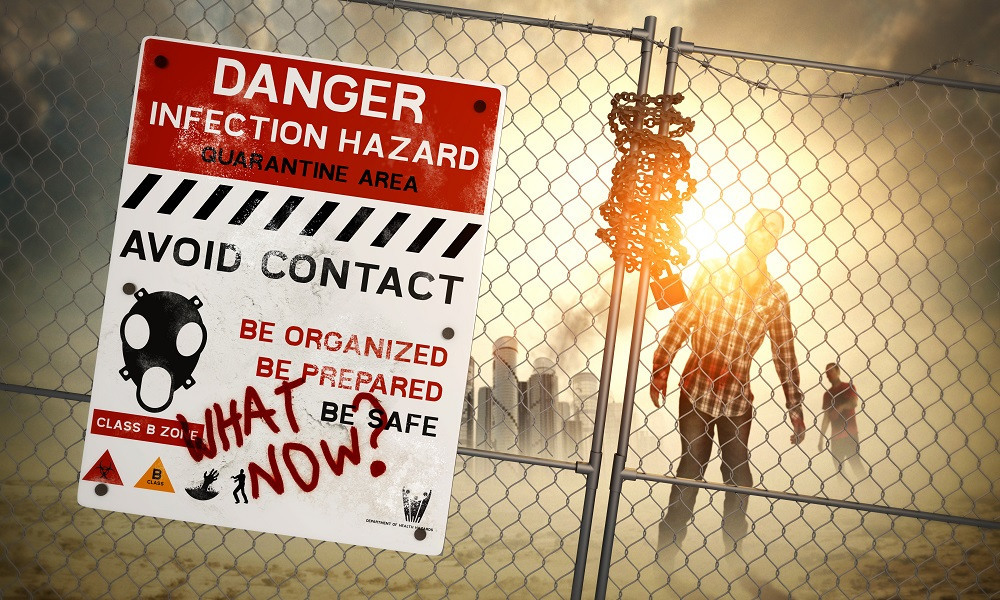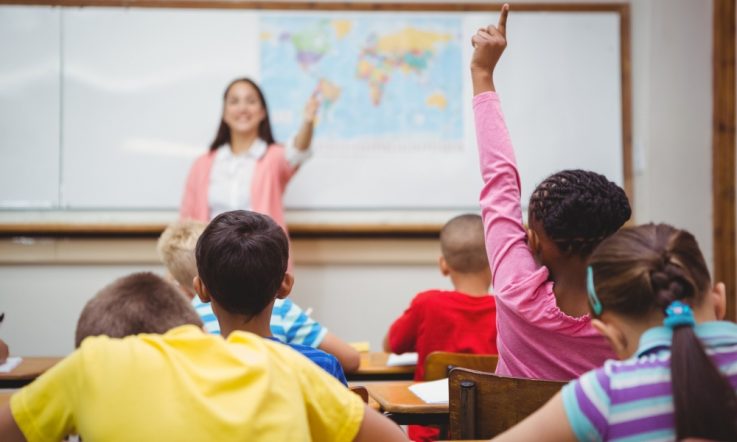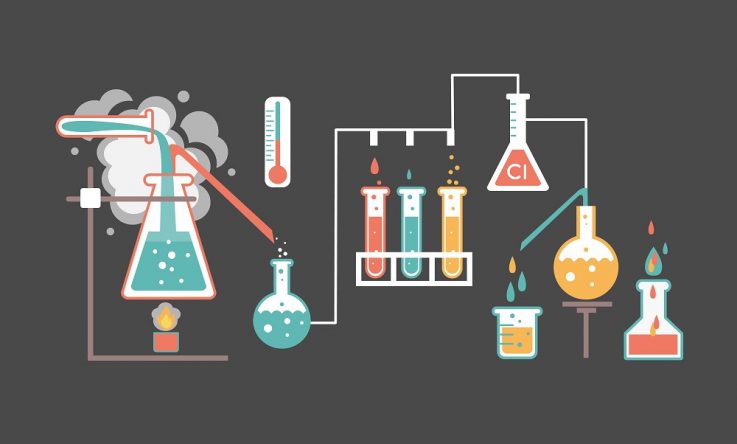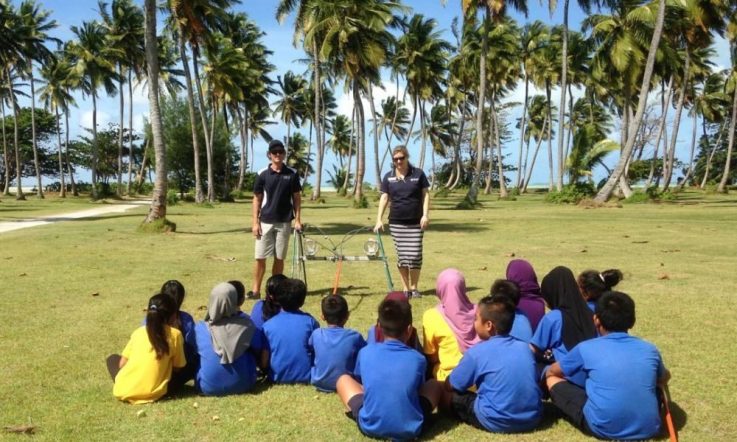At the end of last year, the Australian Council for Educational Research released a report on the latest PISA (Programme for International Student Assessment) results that found a significant decline in scientific literacy performance in Australia between 2006 and 2015 (Thomson, De Bortoli, & Underwood, 2016).
Enrolments of senior school students in science subjects have also been in a long-term declining trend (Office of the Chief Scientist, 2014). With such concerning trends, researchers are calling for a creative and reimagined focus on science education (Bissaker, 2014). Here we discuss some exciting findings from our research recently published in the Journal of Research in Science Teaching. This research focused on a creative science education program ‘Surviving the Zombie Apocalypse'.
What was the purpose of our study?
Previous research has linked science motivation (e.g., self-efficacy, valuing, aspirations, etc.) to a variety of desirable science outcomes. For example, it has been shown that students' science self-efficacy is associated with their willingness to take science courses and their performance in those courses (Britner & Pajares, 2001). It has also been shown that students who report lower valuing and aspirations in science are more likely to decide not to pursue science in their senior school years (Goodrum, Druhan & Abbs, 2012; Lyons & Quinn, 2010). Motivation and competence in science are thus clearly important. Therefore, we designed a study to assess how to improve students' science motivation and scientific competence.
Where did we conduct our research?
Informal learning settings such as museums present unique opportunities for enhancing students' knowledge and motivation in science while, at the same time, optimising the personal connection between science and everyday life. The context of our research was the UNSW Museum of Human Disease – a medical science museum that focuses on the changing patterns of disease in society through over 3000 specimens, special exhibition areas, interactive computer activities, outreach programs for school students, and professional development for teachers.
Our study focused on the self-paced science education program ‘Surviving the Zombie Apocalypse' that was offered during school holidays by the museum to help primary and secondary school-aged visitors learn about health, illness, disease prevention, and human biology. Museum visitors have up to two hours and a workbook to explore a zombie outbreak situation with hypothetical patient case studies. With the task of diagnosing each ‘patient' as a zombie or as suffering from one of 10 actual diseases (tuberculosis, malaria etc.), learners visited 10 stations (one for each disease) that were home to a range of learning materials, including readings, images, activities and models. An eleventh station presented ‘zombie-ism' in a fun and engaging way where students tried to identify some zombie-related symptoms that served as a light-hearted juxtaposition to symptoms of the 10 actual diseases described in the program.
What did we find?
Our results are based on a sample of 167 visitors aged 10 to 16, who completed a survey before and immediately after the program. Results revealed improvements in science knowledge, self-efficacy, valuing, aspirations, and beliefs about healthy behaviour (Martin, Durksen, Williamson, Kiss & Ginns, 2016). Interestingly, we generally found that improvements in these science outcomes did not vary as a function of gender and age, suggesting that the positive effects of our informal science learning program generalised across boys and girls as well as younger and older school students.
So, how can we help enhance students' scientific literacy in Australia?
Overall, we encourage educators to consider a range of strategies aimed at promoting positive student motivation and engagement (Martin, Collie, Papworth, Ginns, Calvo & Malmberg). We suggest science educators improve students' ‘skill' and ‘will' (Covington, 1998). Boosting skill involves building students' scientific competence. Boosting will means building students' science motivation. Following our research into the impact of creative science education programs, some ideas on how to do this are:
- look for opportunities to develop a theme that is purposefully fun, novel, humorous, and light-hearted (such as our focus on zombies);
- consider incorporating multiple modes of instruction (for example, reading material, physical manipulation of objects, online and digital content, specimens, interactive stimuli);
- target learners' cognitive engagement by pitching developmentally appropriate content that is explicitly aimed at enhancing scientific literacy;
- provide resources – such as a workbook – that allow learners to record observations and notes as they proceed, along with an engaging top-level task (in this case, identify the person suffering ‘zombie-ism');
- emphasise issues of everyday relevance and personal benefit; and,
- operationalise these ideas through self-paced activities within a structured and explicitly purposeful process
In light of the recent PISA results, we suggest a renewed focus on motivating and engaging students in creative ways that are both structured and explicitly purposeful – within informal and formal settings – in order to help promote the skill and will required for scientific literacy.
References
Bissaker, K. (2014). Transforming STEM education in an innovative Australian school: The role of teachers' and academics' professional partnerships. Theory Into Practice, 53, 55–63. http://dx.doi.org/10.1080/00405841.2014.862124
Britner, S. L., & Pajares, F. (2001). Self-efficacy beliefs, motivation, race, and gender in middle school science. Journal of Women and Minorities in Science and Engineering, 7, 271–285.
Covington, M.V. (1998). The will to learn: A guide for motivating young people. New York: Cambridge University Press.
Goodrum, D., Druhan, A., & Abbs, J. (2012). The status and quality of Year 11 and 12 Science in Australian schools. Report prepared for the Office of the Chief Scientist by the Australian Academy of Science, Canberra.
Lyons, T., & Quinn, F. (2010). Choosing Science: Understanding the declines in senior high school science enrolments. National Centre of Science, ICT and Mathematics Education for Rural and Regional Australia, University of New England, Armidale NSW.
Martin A. J., Collie R., Papworth B., Ginns, P., Calvo, R., & Malmberg, L. (2015, October). Academic motivation and engagement: Every moment of every day for every student matters, Teacher. Retrieved from https://www.teachermagazine.com/article/motivation-and-engagement-every-minute-of-every-day-matters
Martin, A. J., Durksen, T. L., Williamson, D., Kiss, J., & Ginns, P. (2016). The role of a museum-based science education program in promoting science knowledge and motivation. Journal of Research in Science Teaching, 53(9), 1364-1384. doi: 10.1002/tea.21332
Thomson, S., De Bortoli, L. & Underwood, C. (2016). PISA 2015: A first look at Australia's results. Camberwell, Victoria: ACER. Retrieved from http://research.acer.edu.au/cgi/viewcontent.cgi?article=1021&context=ozpisa
Think about a science unit you’re due to teach in the coming months:
As the authors suggest, could you get creative and link it to a fun, light-hearted theme?
Are there opportunities to link with external experts or institutions, such as a local museum?
How can you incorporate self-paced activities into some of the tasks?



